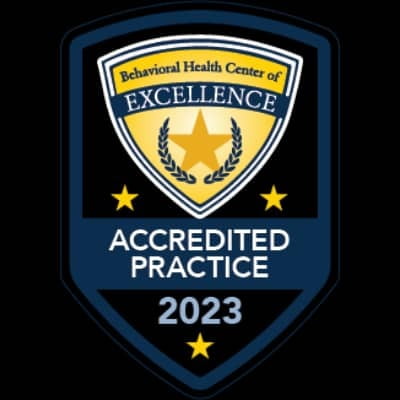Applied
Behavior
Analysis
Applied
Behavior
Analysis
Applied Behavior Analysis (ABA) is a type of therapy that focuses on using the science of behavior and learning to improve specific behaviors, including communication, social skills, academics, activities of daily living, among other adaptive skills. ABA has been proven to be effective for children and adults that have developmental disorders, including Autism Spectrum Disorder. ABA can be used in home, schools, clinics, and even one’s workplace, depending on the setting that the client would benefit most with additional support. The strategies and techniques used in an individual’s intervention plan have been studied and implemented for decades, and each plan created is tailored to the client based on results from multiple assessments.

How can ABA help my child?

How can ABA help my child?
The Center for Autism and Related Disorders (CARD) has established ABA as a way to help a child improve social skills, learn new skills appropriate for their age group, and replace maladaptive behaviors with positive behaviors. Based on intake assessments and observations, the behavior analyst will determine how to best teach your child various programs, whether in a structured format or through naturalistic teaching. Some of these interventions include Early Intensive Behavioral Intervention, Discrete Trial Training, Pivotal Response Training, and Functional Communication Training. Every program, behavior, and skill will be documented every session through data collection to track your child’s progress, and results will be analyzed weekly by the behavior team. Once these skills and behaviors are learned with the therapist, the team assigned to your child will then work on techniques to generalize to other settings, people, and circumstances. ABA is most successful when the client receives at least 20 hours a week of services.
Evidence-Based Practices
ABA services emphasize the use of evidence-based practices, meaning the interventions, strategies, and techniques implemented for your child will be strictly based on research proving its effectiveness. One of the main components of ABA is positive reinforcement, which can be defined as a reward that is delivered following a positive behavior that increases the chances of the child repeating that behavior in the future. This strategy can be used to increase the occurrences of positive, replacement behaviors (such as requesting an item using words instead of pointing and crying) and to teach a child adaptive and/or academic skills. Over time, the child will acquire targeted skills and positive behavior changes.

Most services ABS provides applying ABA therapy are home based, offering safety, comfort and trust to clients and their families. Family members, parents and caregivers can approach to treatments, observe and gain knowledge about best practices to help and provide back up on the process.
To learn more, please visit our Parent Resources page, where you will find links to videos explaining Autism Spectrum Disorder, published studies to prove the advantages of ABA, and information on support groups in your area or online.



